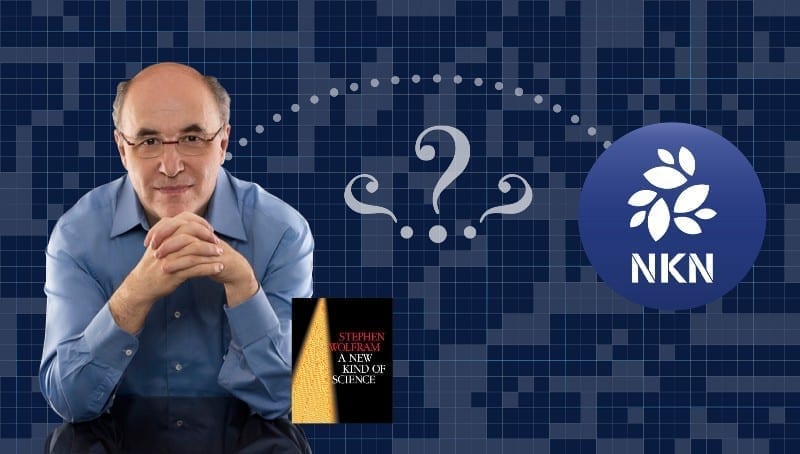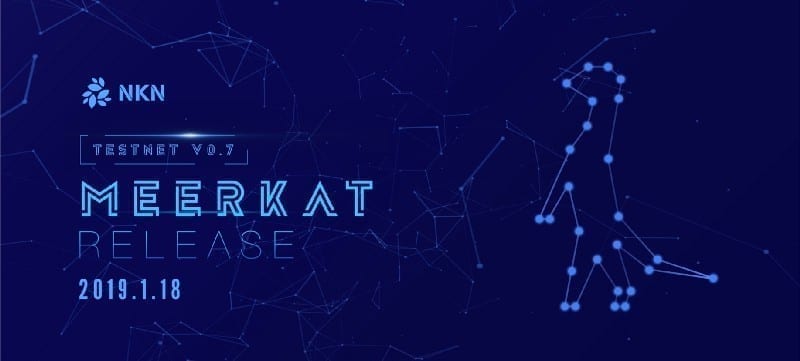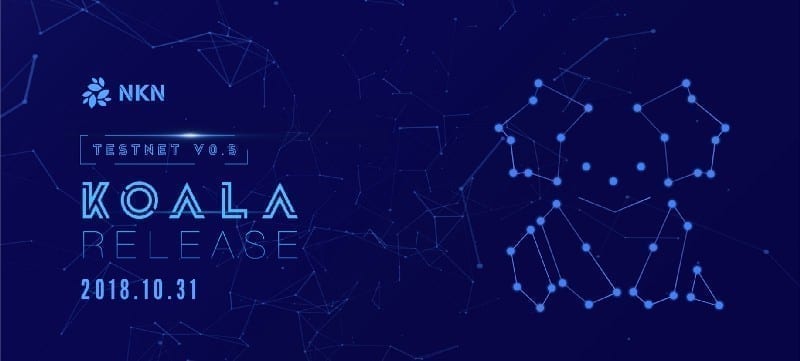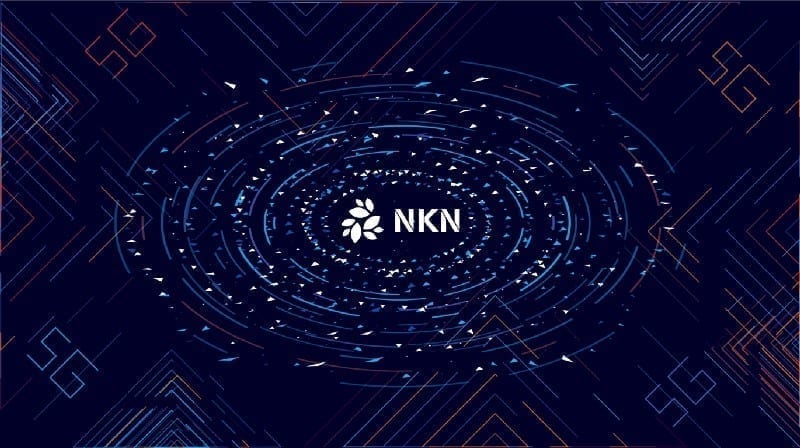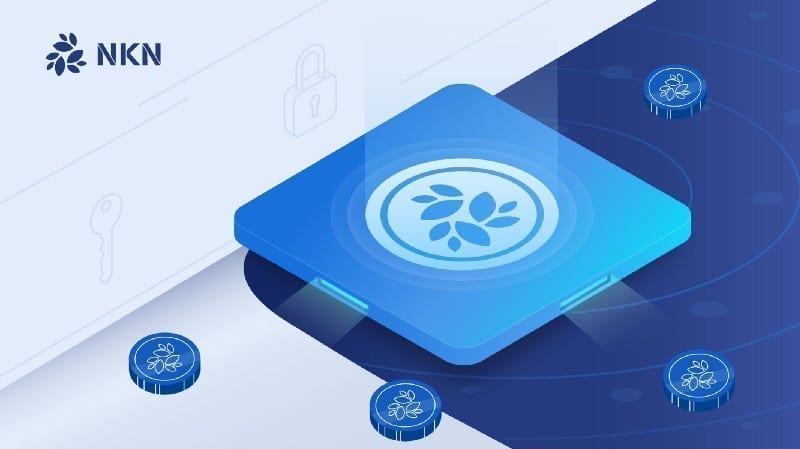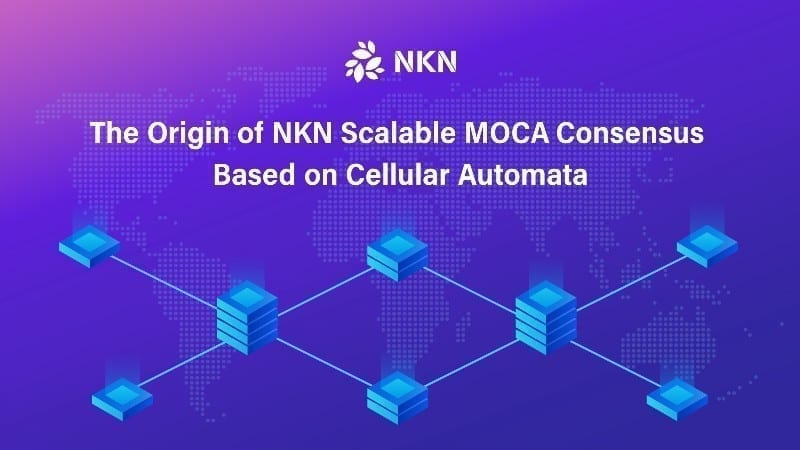March 31st, 2019; San Mateo, California Today we are thrilled to announce the general release of NKN Mainnet V0.9 Beluga. With the entire networking and consensus subsystems fully verified after Meerkat, this release focuses on ledger and security enhancements. V0.9 Beluga is the last major release before our final Mainnet v1.0 Narwhal, scheduled for June […]
NKN is thrilled to announce the immediate availability of its NKN 1-click Full Node on AWS Marketplace. AWS users no longer need to fiddle with complicated installation and environment configurations. Instead, users can deploy a fully installed and configured NKN Full Node Virtual Machine with just a few clicks from the AWS Marketplace. You can […]
Introduction NKN recently announced Stephen Wolfram – founder and CEO of Wolfram Research; author of A New Kind of Science (NKS); creator of Mathematica, Wolfram|Alpha, and the Wolfram Language – joined NKN as an advisor. Given Stephen’s pioneering discoveries using cellular automata, it was a natural fit that he become involved with NKN. We recently […]
January 18th, 2019 Today, we are thrilled to announce the release of Meerkat (NKN’s testnet v0.7) two weeks ahead of schedule. Meerkat is the final testnet release which includes a full featured testnet with complete implementation, strong security and enhanced performance, plus SDK release. This is a significant milestone in our technology development towards our […]
NKN testnet v0.5 Koala is officially released today, marking the completion of another key milestone on our roadmap. Since the v0.3 Lemur release two months ago, NKN development team have made the following major achievements: Developed and improved the NKN core software for quality and scalability: re-wrote the entire network layer which is released as […]
a fast, scalable, and easy-to-use p2p overlay network stack (used by NKN) https://github.com/nknorg/nnet nnet is a fast, scalable, and easy-to-use network stack for decentralized and distributed systems. This is one of the four core components of NKN, now modularized and released as a separate top level repository. It handles message delivery, topology maintenance, etc in […]
5G is emerging in the telecommunication infrastructure. Its emergence will gradually develop many technical ideas that were previously impossible to realize, including the impact of blockchain on the real economy. As a public blockchain based on decentralized communication, NKN can influence and promote communication development in the 5G era from many aspects. With integration with […]
We’re excited to share that NKN just released and made open-source our Javascript Wallet this week. What is it? Essentially, the wallet is a JavaScript SDK that developers can use to get information, such as the balance of an NKN user’s wallet, and make payments/transfers to other accounts. It can also be used to build […]
The Origin of NKN Scalable MOCA Consensus Based on Cellular Automata Figure 2, simulated animation of the standard voter algorithm. Courtesy of https://math.berkeley.edu/~bgillesp/apps/voter Figure 3, simulated animation of the voter algorithm with double polling. Courtesy of https://math.berkeley.edu/~bgillesp/apps/voter Figure 4, simulated animation of the friend of a friend voter algorithm. Courtesy of https://math.berkeley.edu/~bgillesp/apps/voter Figure 8, simulation of […]

